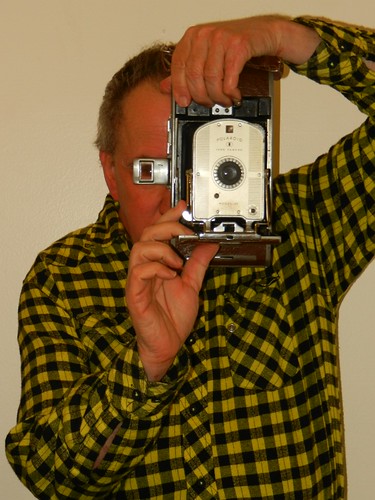Interesting article appeared recently:
How to boil water without bubbles
What in particular caught my attention was the last paragraph in the article:
The next step, says Patankar, is to try to get the vapour layer to form at temperatures much lower than the boiling point of water. Water can exist as either liquid or vapour at room temperature, but it requires energy to stay in the vapour state. Patankar thinks that a surface could be designed that would make the vapour state more stable. A coating could then be used to form a vapour layer round a ship’s hull to reduce drag or discourage organisms such as algae or barnacles from attaching themselves to the ship, he suggests. “It will be mind-blowing,” says Patankar. “Who thinks of getting a vapour without heating?”
What this research might lead to are ways to make submarines more “stealthy” i.e less detectable when the sub is submerged. Also I wouldn’t be surprised if this research produced quieter more stealthy submarine propellers. Another possibility is that the military already has done classified work in this area, and these researchers are rediscovering what the Navy already knows about.
Here is a neat video from the article:player



